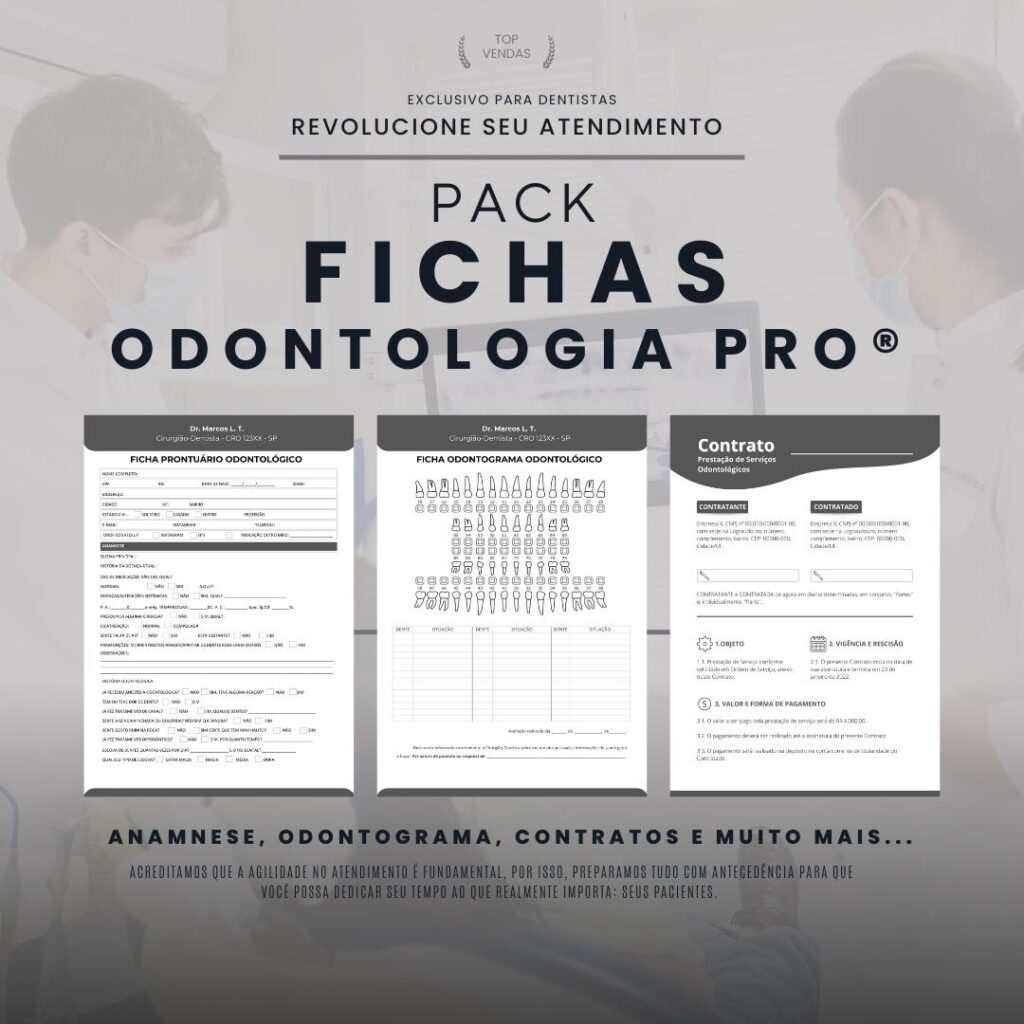O dental technology workflow can be significantly optimized through the adoption of modern tools and strategies. In this article, we will explore how technology can transform the efficiency of dental clinics, improving care and process organization. You will learn about the best practices for implementing these solutions and how they can benefit both professionals and patients.
Scheduling Automation


A scheduling automation is one of the main ways to optimize the workflow in a dental clinic. With the use of specialized software, it is possible to simplify the entire process of scheduling appointments, reducing the administrative burden on the team.
These systems allow patients to schedule their appointments online, at any time of the day, without having to call the clinic. This not only increases convenience for patients, but also reduces the number of calls and the possibility of human error.
Additionally, automation helps send automatic reminders to patients, either via email or SMS. This reduces the number of missed appointments and ensures that schedules are optimized, increasing the productivity of the dental team.
Another important benefit is the ability to generate reports and analyses on the rate of appointments, cancellations and attendances. This information is valuable for understanding patient behavior and improving care.
Finally, scheduling automation facilitates integration with other clinic management tools, providing a broader and more efficient view of the workflow.
Use of Dental Management Software


O use of dental management software is essential for clinics that want to optimize their workflow. These programs offer a variety of features that help organize and manage all aspects of the dental practice.
One of the main benefits is the centralization of patient information. With management software, all data, from patient history to payment information, is available in one place. This makes access easier and improves communication between the team.
In addition, these software programs allow for the financial management of the clinic. It is possible to monitor accounts payable and receivable, issue invoices and generate financial reports quickly and accurately, which helps to maintain the financial health of the business.
Another valuable feature is the ability to schedule and manage appointments efficiently. With integrated tools, staff can view the schedule in real time, avoiding conflicts and ensuring smoother service.
Finally, many dental management software programs offer marketing features, such as email campaigns and personalized promotions, to help attract and retain patients. By adopting these technology solutions, practices can not only improve their efficiency, but also provide a more satisfying patient experience.
Integration of Communication Tools


A integration of communication tools is essential to optimize the workflow in dental clinics. With efficient communication between the team and patients, it is possible to ensure faster and more effective service.
One way to integrate these tools is through systems that allow for the sending of automatic messages. For example, appointment reminders can be sent via SMS or email, reducing missed appointments and improving punctuality.
Additionally, using internal communication platforms makes it easier for team members to share information. Tools like chats and project management apps allow dentists, assistants, and receptionists to communicate quickly, ensuring everyone is up to date on the schedule and patient needs.
Integrating communication tools can also include utilizing video conferencing for screening or follow-up appointments, providing a convenient option for patients who cannot physically attend the clinic. This not only improves accessibility, but can also increase patient satisfaction.
Finally, by implementing integrated communication, dental clinics are able to build a stronger relationship with their patients, promoting an environment of trust and transparency, which is essential for successful treatment and loyalty.
Implementation of Diagnostic Technologies


A implementation of diagnostic technologies is one of the most important steps to optimize the workflow in dental clinics. With the advancement of technology, new tools have emerged to improve the accuracy and efficiency of diagnoses.
One of the most significant innovations is the use of digital radiographs, which provide high-quality images with a significantly lower radiation dose than traditional radiographs. This not only improves patient safety, but also allows for more detailed and faster analysis of oral conditions.
Another technology that has gained prominence is cone beam computed tomography, which provides three-dimensional images of the dental and bone structure. This tool is essential for planning complex treatments, such as implants, ensuring more precise and predictable results.
Additionally, image analysis software can help dentists identify problems that may go unnoticed during conventional exams. With the help of advanced algorithms, it is possible to detect cavities, periodontal disease and other oral conditions more quickly and accurately.
Ultimately, implementing these technologies not only improves the quality of care, but can also increase patient satisfaction, as patients feel more confident knowing they are receiving accurate diagnoses and appropriate treatments. By investing in diagnostic technologies, dental clinics are positioning themselves ahead of the curve in the market, offering high-quality services.
Team Training and Qualification


O team training and qualification is a crucial element in optimizing the workflow in dental clinics. A well-trained team not only improves operational efficiency but also elevates the quality of patient care.
Investing in regular training allows professionals to stay up to date on the latest techniques and technologies available on the market. This is especially important in a constantly evolving field like dentistry, where new tools and procedures are introduced regularly.
Additionally, communication skills training is essential. A team that knows how to communicate effectively with patients can answer questions, provide information about treatments, and create an environment of trust, which results in a better patient experience.
Training programs can also include time management and organization aspects, helping staff prioritize tasks and manage their schedules more efficiently. This is vital to minimize delays and ensure that appointments are completed on time.
Finally, fostering an environment of continuous learning and encouraging staff to attend workshops and conferences not only increases motivation but also contributes to talent retention. By investing in the professional development of staff, dental clinics ensure excellent service and stand out in the market.







